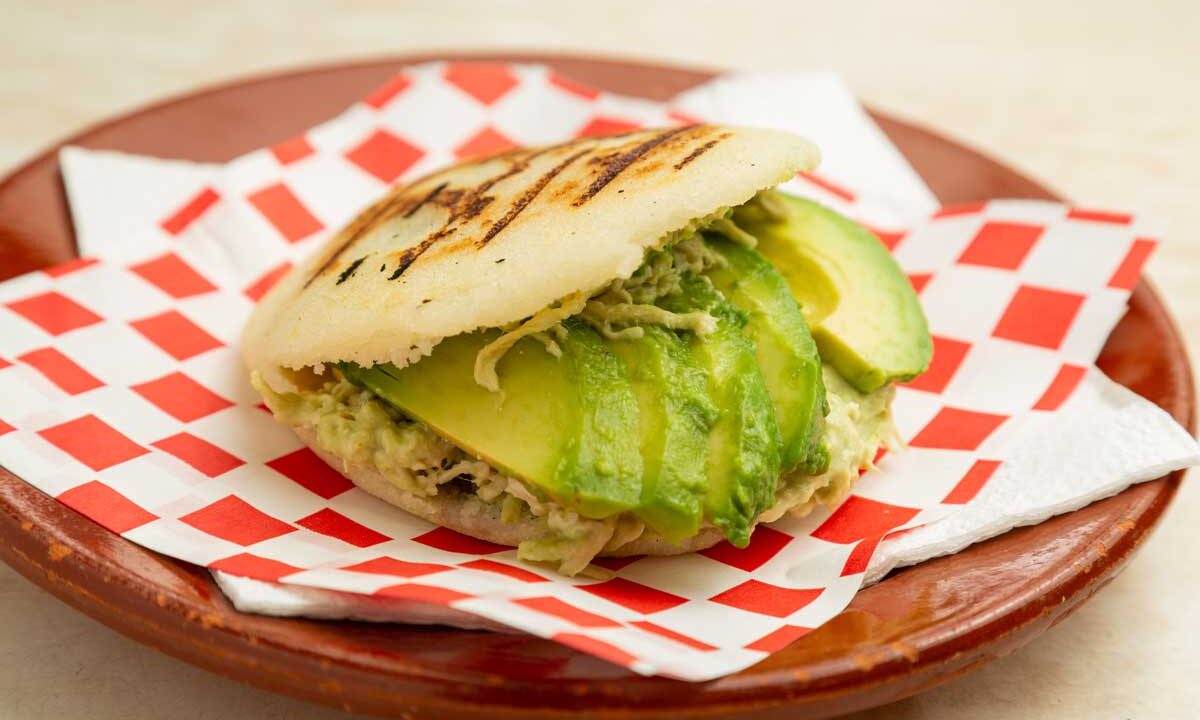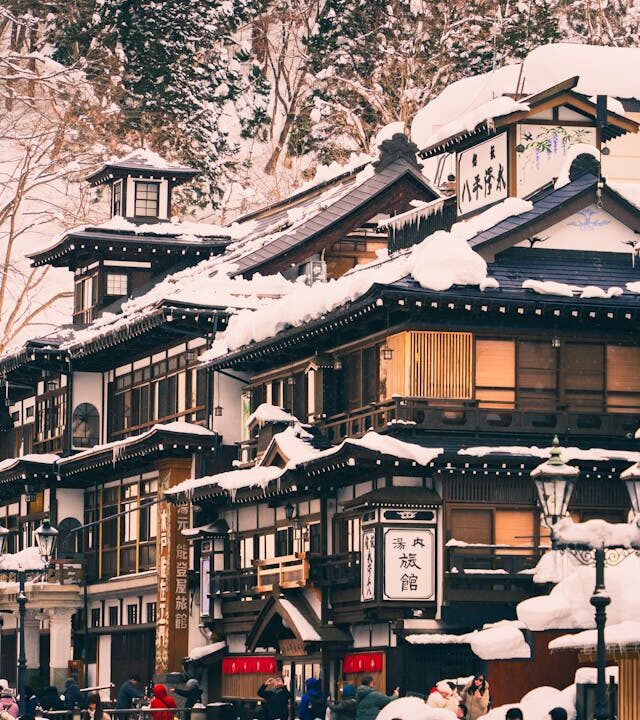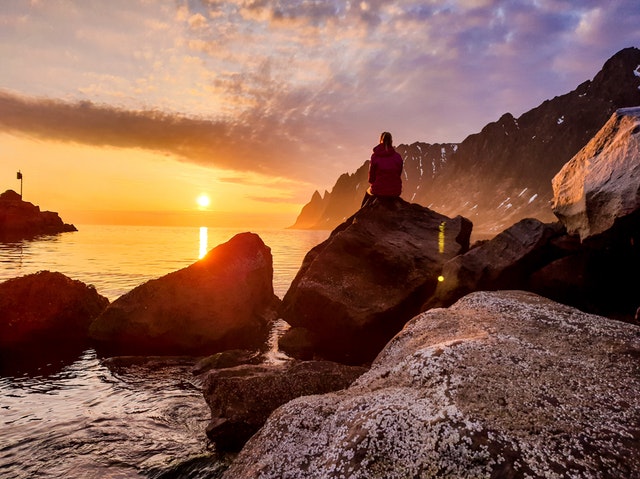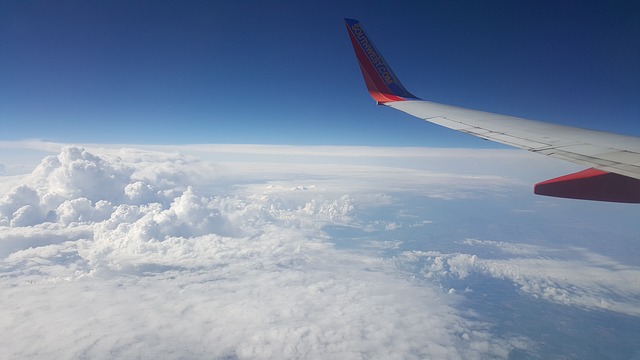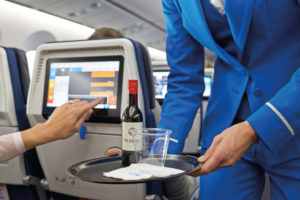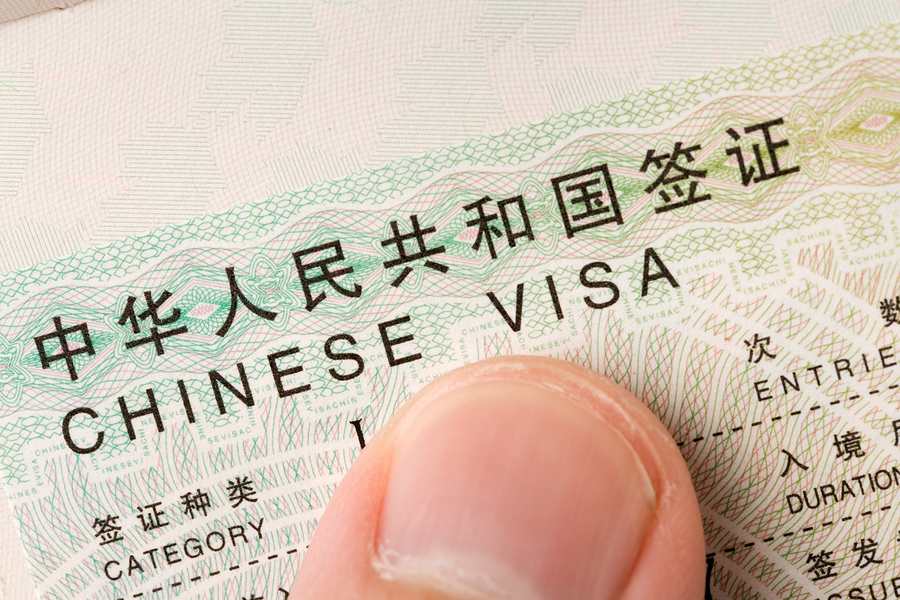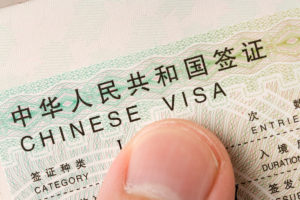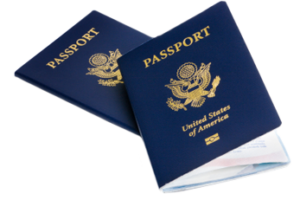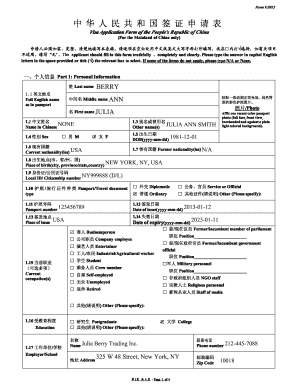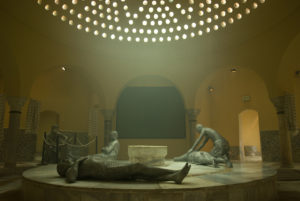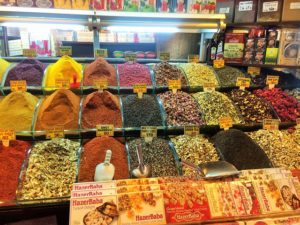The start of a new year typically comes with a list of goals, plans, and dreams that you want to achieve. For many people, one of the things that pop up on their to-do lists is to do some travelling. If this sounds familiar and is something that you want to be able to do in 2019, then Europe may be the destination you have your eye on.
Saying you want to visit “Europe” doesn’t really narrow down the list much, so to help you out we’ve put together a list of five European countries well worth visiting
Let’s take a closer look.
Ireland
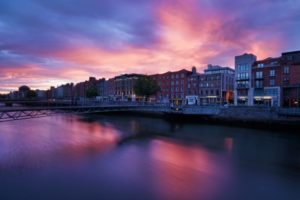
For many people, visiting Ireland isn’t just an intriguing place in Europe, it’s a bucket list kind of trip that takes you to a magical and absolutely stunning country. Known for its natural beauty and castles galore, there is plenty to do and see in Ireland. It’s for that exact reason that you may want to book a guided tour through a company such as Go Irish Tours. They offer a wide array of vacation packages and tours that will ensure that you see all the very best that Ireland has to offer. You can also tie it in with a visit to the UK and Scotland if you choose.
Italy
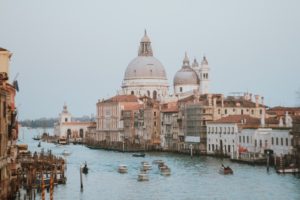
Of course, you can’t create a list of must-visit European countries without including Italy. The country has so many noteworthy cities and towns – in fact, one visit to Italy isn’t usually enough. Standout places to tour in Italy include Venice, Rome, Florence, Milan, and Lake Como. You can opt for a bustling metropolitan city-style vacation, or something more laid back and relaxed where the scenery and architecture is the real star of the holiday.
Austria
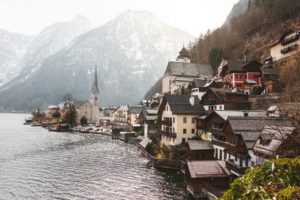
Here’s a country that doesn’t always get the buzz it deserves, and can prove to be a traveller’s paradise. While many are familiar with Austrian’s most popular city of Vienna, there is so much more to the country. Austria is well-known for its unbelievable ski hills, spas, architecture, palaces, churches, castles, shopping, markets, entertainment, and dining. You can easily spend an entire vacation in the city, or make it a stop on a European tour.
Croatia
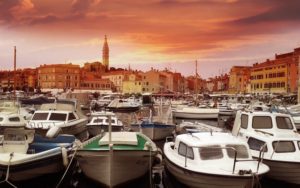
Here’s another European country that doesn’t always get the attention it deserves. For anyone who has ever travelled to Croatia before, they will be the first to gush about just how spectacular it is. If you happen to be a beach-type of person, Croatia offers some of the most awe-inspiring shorelines there is. With that said, you can easily combine a classic beach-style holiday with European flair, history, and culture, making this a really unique destination.
Norway

Photo by monicore from Pexels
For those who simply want to get away from it all, feel as though you have taken a step back in time, and really left all the stress and worries behind, then Norway can act as the perfect sanctuary. It’s here where you will find glaciers, rugged mountains that run the length of the coastline, massive fjords, and wildlife viewing opportunities. Because Norway is located within the Arctic Circle, you will also get to experience the Midnight Sun.
No matter which of these countries you choose to explore in 2019, one thing is for sure and that is the fact that you will be building memories that last a lifetime.


